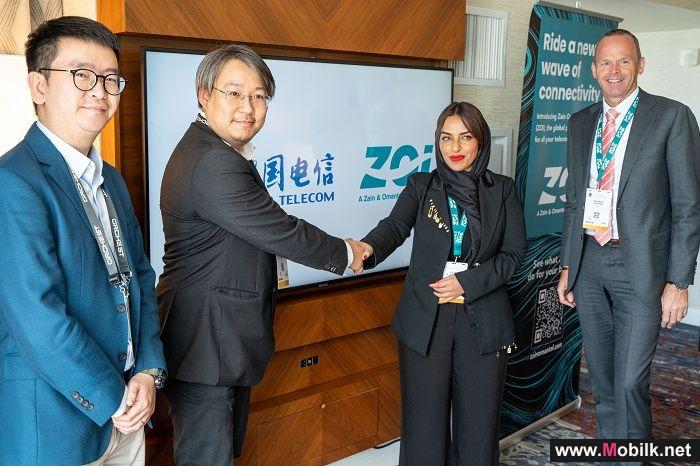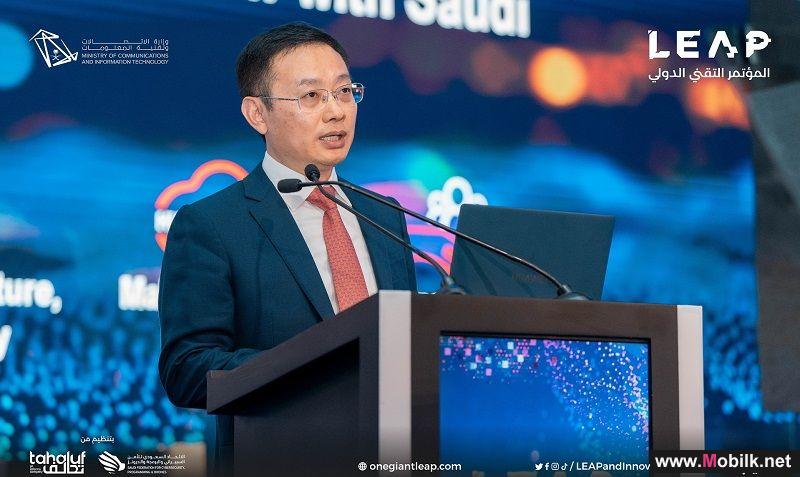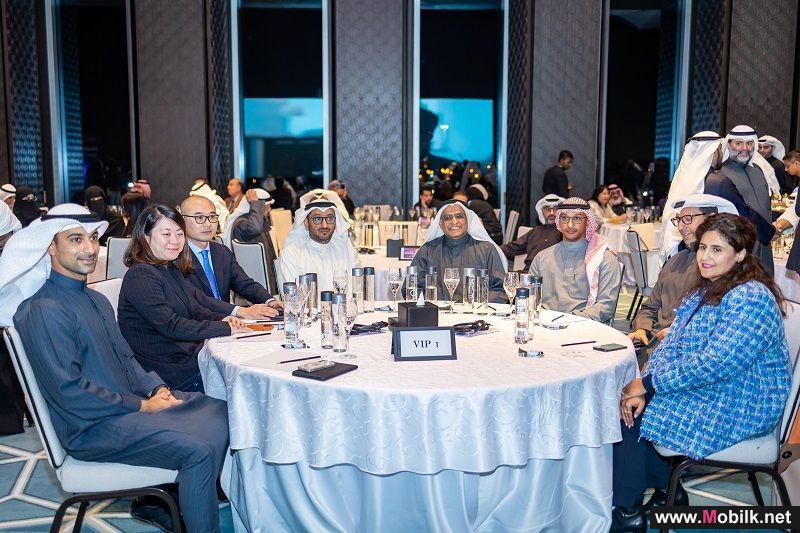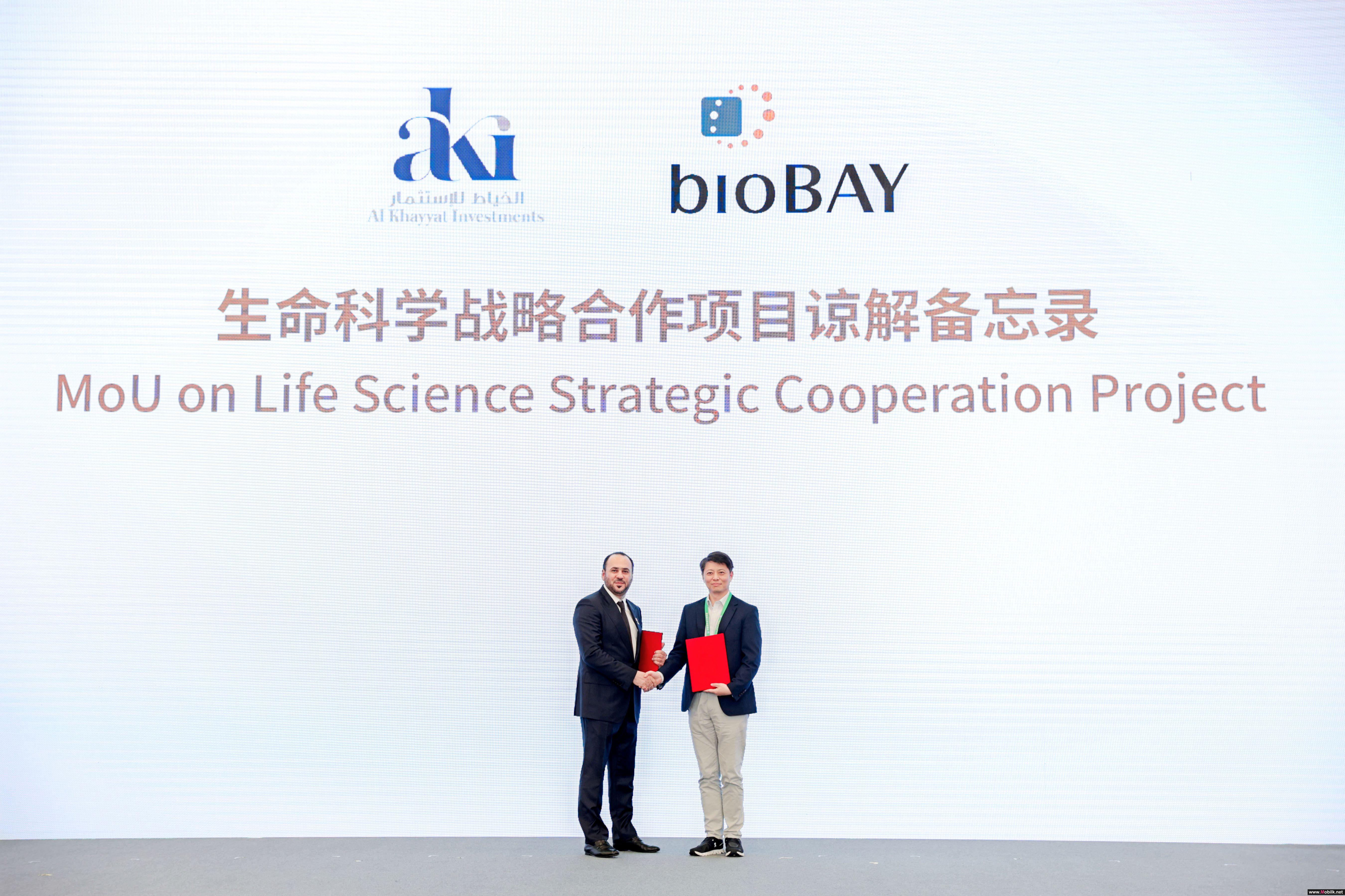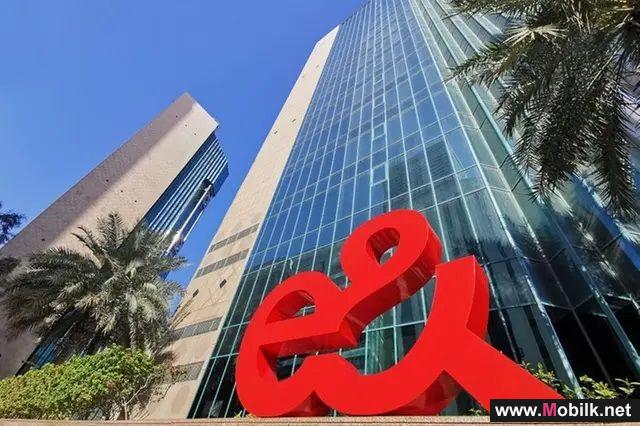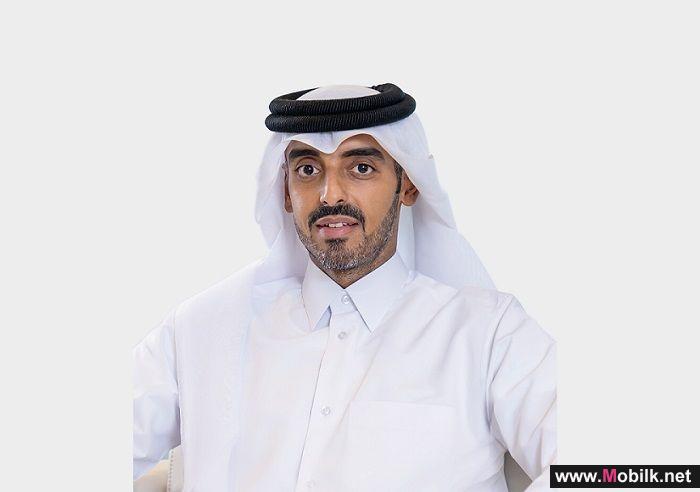CIOs Need to Rethink Branch IT to Better Navigate a Modern Business
Mobilk - From an IT perspective branch offices, remote sites, retail locations and manufacturing sites are no less difficult to manage than corporate headquarters, despite having fewer employees and a much smaller physical footprint. In addition to this, these sites are the revenue-generating front lines when it comes to business today. Although cloud computing and SaaS-based applications offer an enormous amount of ubiquity, this will not eliminate the need to keep certain critical business systems and information in remote locations.
There is no room for legacy IT
When it comes to IT, legacy approaches to enterprise infrastructure are costly and complex to manage. Businesses become exposed to an increasing number of security breaches and data loss and it can often take longer to recover from unplanned outages. By eliminating traditional server, storage and backup systems at each branch office and instead creating a “Zero Branch IT” model comprised of a hyper-converged infrastructure solution, IT can dynamically project applications and data from the centralised data centre, reducing corporate risk with no compromise to performance at remote locations.
As companies migrate more of its applications and information stores to various cloud computing services, and as more employees work remotely, the network has become more complex and difficult to manage than ever. The strain on the WAN routers impacts performance, which makes delivering and using applications slow, unreliable and expensive.
Don’t treat the branch like an afterthought
Organisations have on average 55 remote IT facilities for every large data centre.
(Source: IDC 2013 Enhancing Business Value with an Edge-Optimized Virtual Server and Storage Delivery Solution.) Additionally, IT has to devote 50 per cent of its budget to branch offices, about 50 per cent of all data resides outside the data centre, and almost half of all employees work in branch offices.
An increasing number of organisations are trying to unfold how they can streamline operations by converging technology in the data centre, consequently ‘hyper-convergence’ has become a popular term. However, this does not take into account revenue-generating edges of the business.
A better approach is ‘hyper-converged edge’ whereby technologies such as virtualization, compute, storage and networking are combined as one unified solution. What this does is centrally extend the power of the data centre out to all branches, sales offices, retail stores, production facilities, manufacturing plants, oil rigs, government missions, and other remote locations. This presents benefits as infrastructure is simplified from remote sites while keeping a company’s data protected, IT and business teams agile, as well as still allowing users to remain productive, irrespective of their circumstance or distance involved. An outage or performance slowdown can have implications on levels of productivity, leading to direct loss of revenue.
Make way for Zero Branch IT
Applying a Zero Branch IT model means that CIOs can escape this cycle by extending the security, resilience and flexibility of the data centre out to the edge of the distributed enterprise. Technology is now able to deliver new services and applications to each and every branch location as quickly as creating new virtual machines in your data centre. What’s more, technology is now available to facilitate the deployment of entirely new branch locations faster than the physical location being ready for business.
It’s essential to imagine what is possible when it comes to adopting a Zero Branch IT model. There are a plethora of benefits when rethinking what can be done at the edge of hybrid networks, and each should be carefully considered:
Quick provisioning of new applications and services to branch offices from the data centre
Gaining central control of all company data in the data centre – this enables IT to remove sensitive information from high-risk locations without (and this is key), sacrificing performance or availability at the branch
Ability to recover remote locations from an unplanned outage within minutes, as opposed of hours or days
Ability to cut IT Capex and Opex by eliminating the need to purchase, maintain, and back up infrastructure in branch offices
Simplify IT workloads by completely eliminating the need for branch backup
Scale on the fly by deploying new branches almost instantly, at extremely low cost
Ability to significantly slash Opex by bringing the management of all remote and branch locations back to the central data centre, simplifying and ratifying the branch infrastructure required.
To ensure superior application performance, CIOs should opt for best-practice approaches to the Zero Branch IT, hyper-converged edge. This involves proven virtualization, storage backup and WAN optimization technologies, regardless of distance, and for all types of branch applications, whether they’re traditionally run locally at the branch, served from on-premises data centres, or delivered from private or public clouds. Implementing a solution that combines storage delivery, server virtualization and hybrid-WAN optimization technologies, eliminates the need for physical servers, storage backup infrastructure at their remote and branch office (ROBO) locations. The result of this is dramatic increases in data security, business continuity, agility and operational efficiency.
The purpose of IT is to essentially add value to the bottom line but this is often constrained when the CIO and IT operations team is expected to be nimble, while trying to keep up with the dispersed islands of IT infrastructure across branch offices. This legacy approach to branch IT makes the CIO’s job increasingly difficult and hinders their ability to effectively support the business the way they should. By applying a Zero Branch IT model, branches are higher-performing, disaster-resistant and more reliable. This will address today’s business needs, while simultaneously reducing cost and improving customer and employee satisfaction. It can also help a CIO sleep a lot easier at night.
Reports and Studies
China Telecom Global Limited (CTG), the world-leading provider of integrated telecommunication services, has signed a strategic subsea capacity and..
Reports and Studies
Espoo, Finland – Nokia, Qualcomm Technologies, Inc., and T-Mobile today announced that they have achieved a worlds first showcase of successfully..
Reports and Studies
Steven Yi, President of Huawei Middle East and Central Asia, gave a keynote on the second day of LEAP, Saudi Arabias largest and most comprehensive..

 Vodafone Oman
Vodafone Oman Emirates Telecom
Emirates Telecom  Ooredoo Om
Ooredoo Om Ooredoo Qa
Ooredoo Qa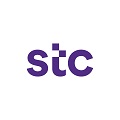 stc Bahrain
stc Bahrain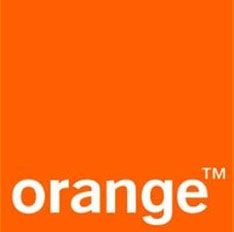 Orange Egypt
Orange Egypt Mobily
Mobily Zain Jo
Zain Jo omantel
omantel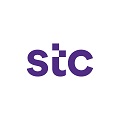 STC
STC Emirates Du
Emirates Du Asiacell
Asiacell Etisalat Egypt
Etisalat Egypt 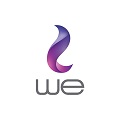 Telecom Egypt
Telecom Egypt jawwal
jawwal Orange Jo
Orange Jo Umniah
Umniah Zain Sa
Zain Sa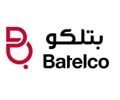 Bahrain Batelco
Bahrain Batelco Zain Bh
Zain Bh Wataniya palestine
Wataniya palestine Kuwait Viva
Kuwait Viva  Zain Kw
Zain Kw Vodafone Qa
Vodafone Qa MTN Syria
MTN Syria Syriatel
Syriatel Sabafon
Sabafon Zain Iq
Zain Iq MTN Yemen
MTN Yemen Ooredoo Kw
Ooredoo Kw Vodafone Egypt
Vodafone Egypt  Samatel
Samatel Huawei
Huawei Samsung
Samsung MOTOROLA
MOTOROLA Alcatel
Alcatel Lenovo
Lenovo LG
LG Nokia
Nokia Sony Ericsson
Sony Ericsson HTC
HTC BlackBerry
BlackBerry Siemens
Siemens Acer
Acer Sony
Sony Asus
Asus VK
VK APPLE
APPLE BenQ-Siemens
BenQ-Siemens Sagem
Sagem Eten
Eten HP
HP Panasonic
Panasonic Amoi
Amoi Toshiba
Toshiba Sharp
Sharp Sonim
Sonim Bird
Bird Mitac
Mitac Philips
Philips Pantech
Pantech Vertu
Vertu Micromax
Micromax Maxon
Maxon I-mate
I-mate Haier
Haier Gigabyte
Gigabyte Kyocera
Kyocera I-mobile
I-mobile BenQ
BenQ Telit
Telit Microsoft
Microsoft Connect
Connect Sendo
Sendo SEWON
SEWON Mitsubishi
Mitsubishi DELL
DELL Thuraya
Thuraya NEC
NEC Qtek
Qtek Be
Be Neonode
Neonode Bosch
Bosch MWG
MWG Palm
Palm XCute
XCute Fujitsu Siemens
Fujitsu Siemens WND
WND INQ
INQ Innostream
Innostream O2
O2 Benefon
Benefon Google
Google Xiaomi
Xiaomi Realme
Realme OnePlus
OnePlus Infinix
Infinix Tecno
Tecno Vivo
Vivo Oppo
Oppo




